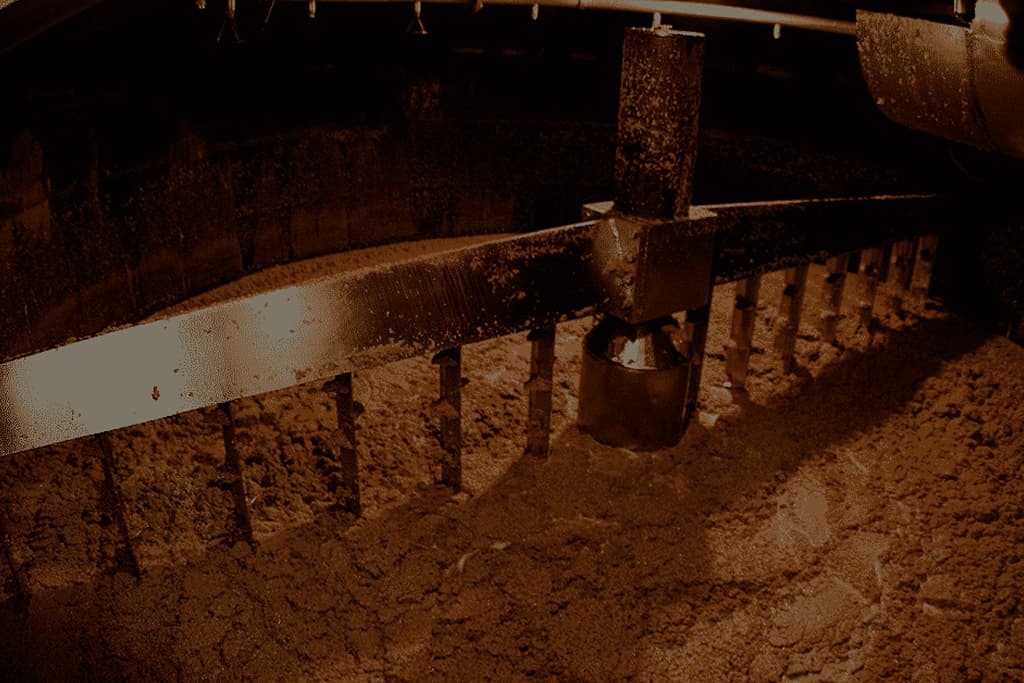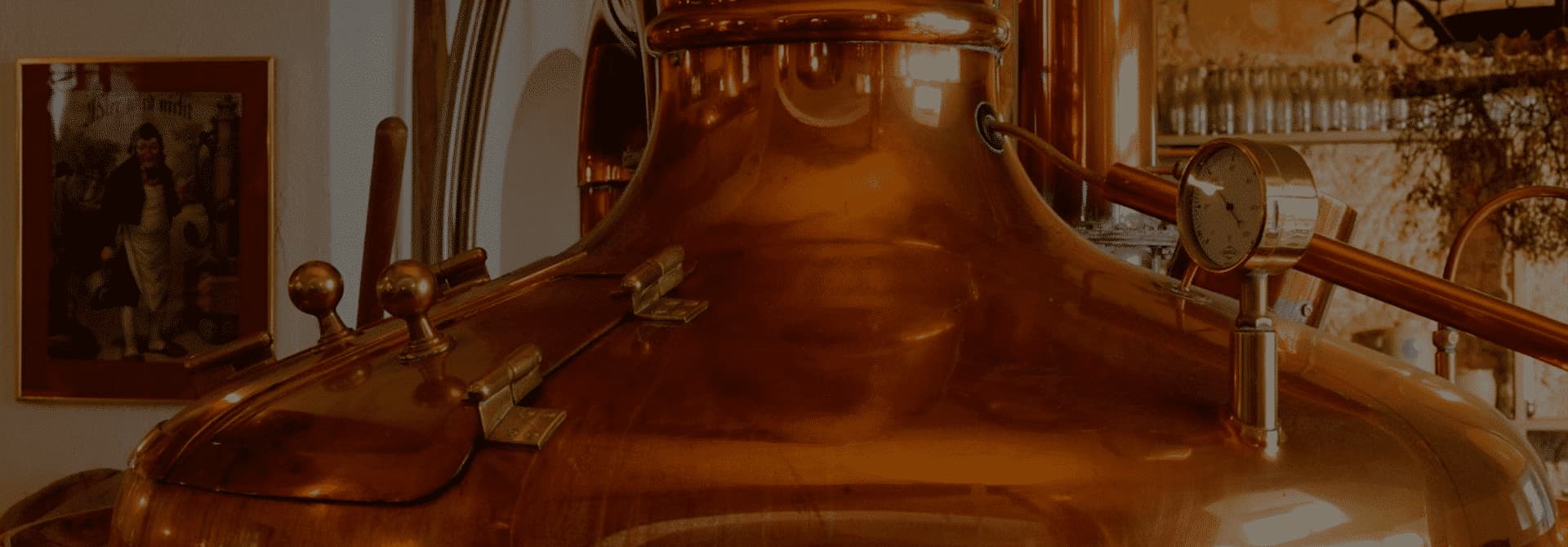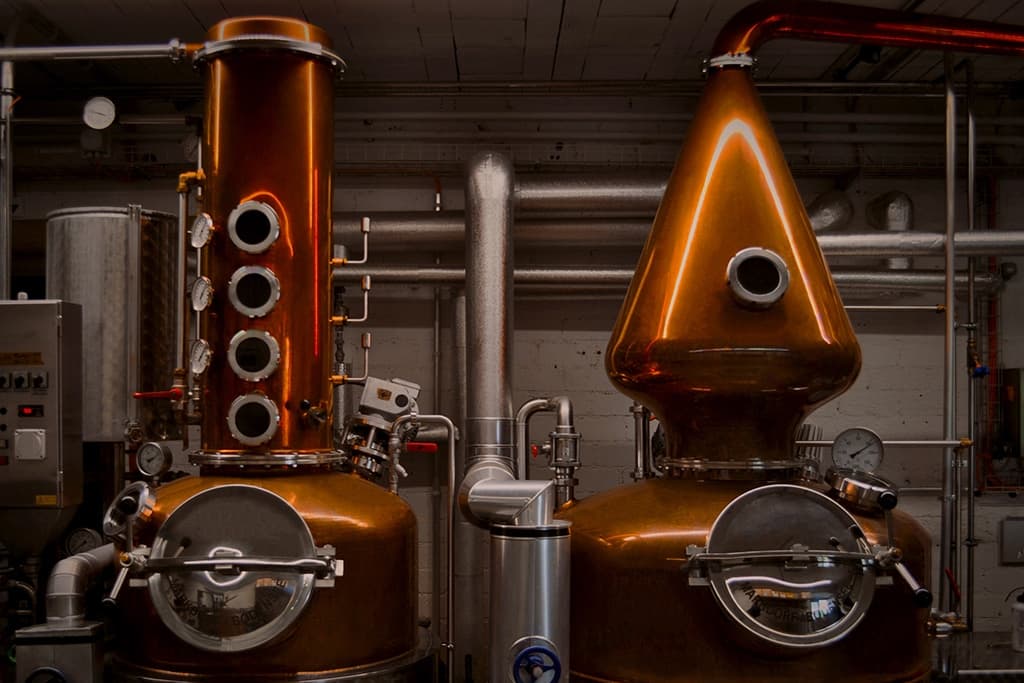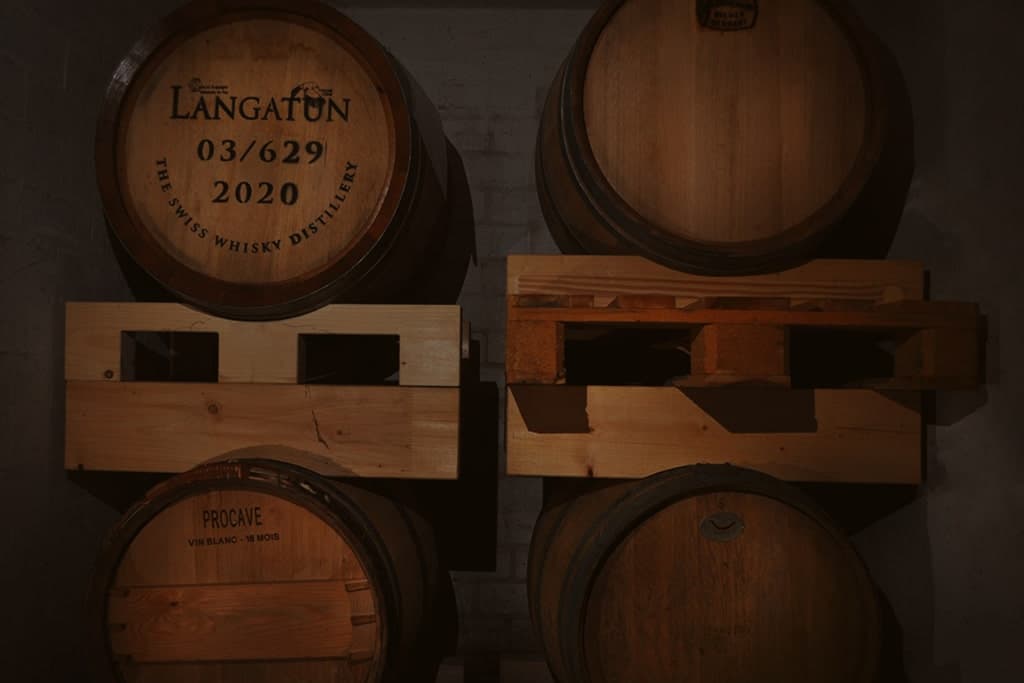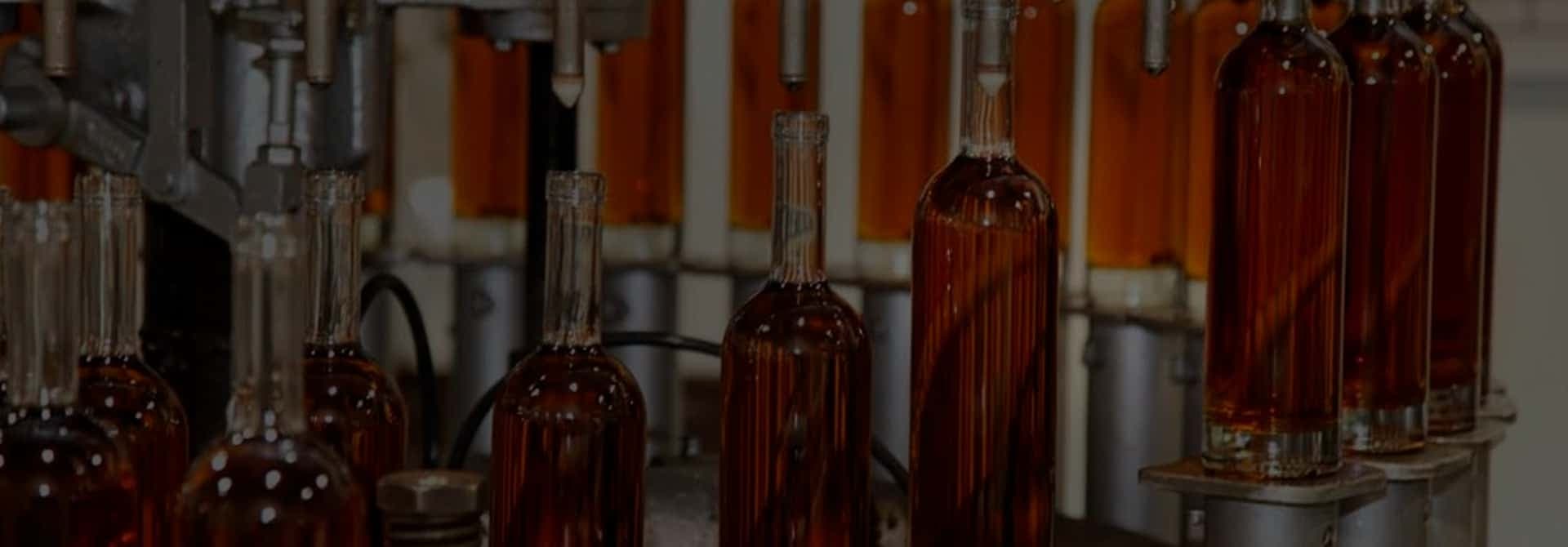Barley (Latin: Hordeum vulgare) is the fourth most popular grain harvest in the world after wheat, corn and rice, and one of the three components that are necessary to make malt whisky. The other two are water and yeast. Barley is grown the world over and mainly used as animal feed and to produce spirits and beer. But there are significant differences in these two types of barley. Barley for feed has a higher proportion of protein than barley for beer and whisky production, which has a higher proportion of starch and sugar.
There are two types of barley that are suitable for whisky and beer production: two-row and six-row, according to the position of the grains. Two-row summer barley is most commonly used in whisky production. There are many varieties which are used in different quantities. From the early 19th century, producers traditionally used six-row barley of the bere variety (bere barley), but better performing varieties were subsequently developed. We import premium quality barley from abroad to produce our Langatun whisky.
Once it arrives in the malt house, the grain is subjected to various laboratory tests, before it goes to the store room. It is then dried with warm air, cooled and stored for several months before use. The barley ‘sleeps’ during storage and it takes several weeks to ‘wake up’ and germinate.
Whisky production is a pure art!
Here at Langatun Distillery, barley from the best sites in Europe is germinated with water. The germinated barley, now called "malt," is dried and - for whiskey with a smoky flavor - additionally smoked. In the brewhouse, the ground malt is mixed with warm water. The resulting wort is then fermented with selected yeast to produce what is known as "whisky beer". After the "pot-still" process, the whisky beer is heated in the copper still and then the precious alcohol is slowly and carefully extracted in a special process developed by us.
This gives the Langatun Whisky its incomparable soft, delicate and malt-flavored character.
Translated with www.DeepL.com/Translator (free version)
